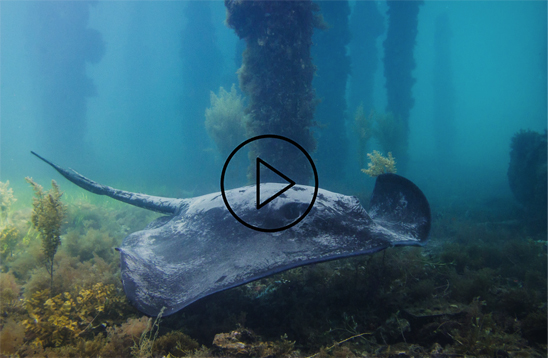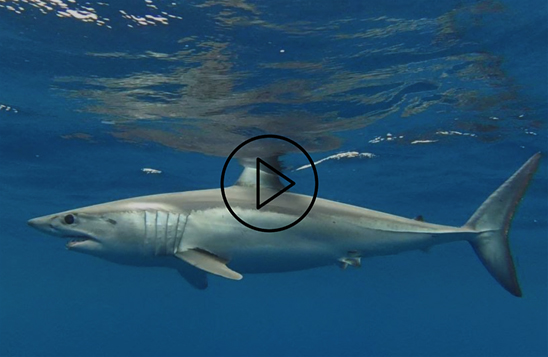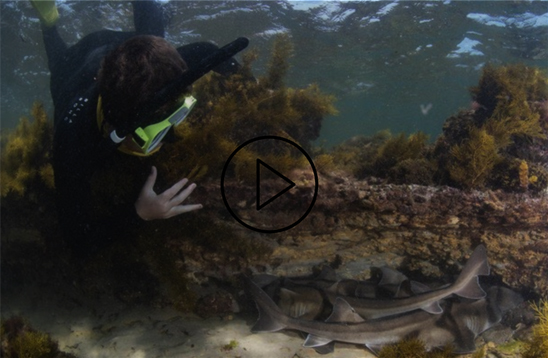How to handle small sharks and safe rays less than 1 metre
You might be targeting sharks and rays or catching them in the pursuit of other species. Whatever the case, you need to ensure your knowledge is up to date and you have a plan in place. This video walks you through best practice handling techniques for smaller sharks and rays without a dangerous barb.
Key takeaways:
- Even with smaller sharks and rays, always assume they are dangerous unless you are sure otherwise.
- Decide in advance if you are going to keep or release any sharks or rays that you catch.
- If keeping, land the catch as quickly and safely as possible and use the gaff if required.
- If releasing, try and keep the shark or ray in the water and remove the hook from the side of the boat using a de-hooker or set of long pliers.
- If releasing and unable to keep the shark or ray in the water to remove the hook:
- Use a soft knotless net.
- Support the body and keep the shark or ray horizontal when lifting.
- Cover the eyes with a damp cloth to calm the shark or ray.
- Hold the body of the shark just forward of the dorsal fin or hold the trace if dangerous.
- Always prioritise the health of the fish over the desire for photos.
- Do not lift by the tail.
- Do not grab or gaff the gills.
- Remove hook using a set of long pliers or a de-hooker.
- If the shark or ray is hooked in a way that will cause injury (e.g. gut-hooked), it’s ok to cut the line.
- Return to the water gently and quickly (within 2 minutes)
- Use a soft knotless net.
Watch next
Be a best practice ambassador
Enjoyed these instructional videos? Spread the word and share them with your mates. Let’s lead the way in creating a safer experience for fish and fishers. And if you’re interested in becoming an official Shark Mates ambassador…






